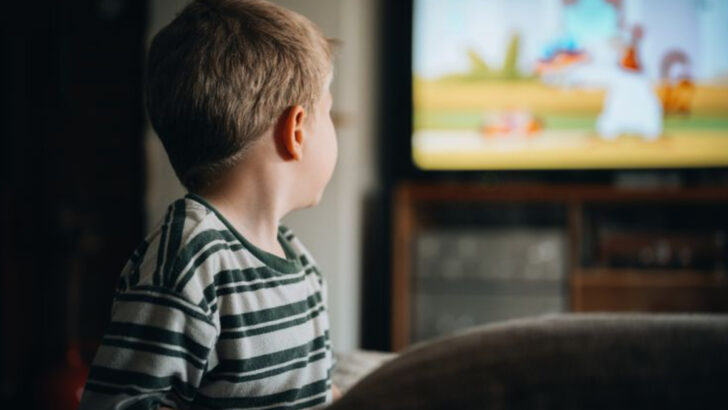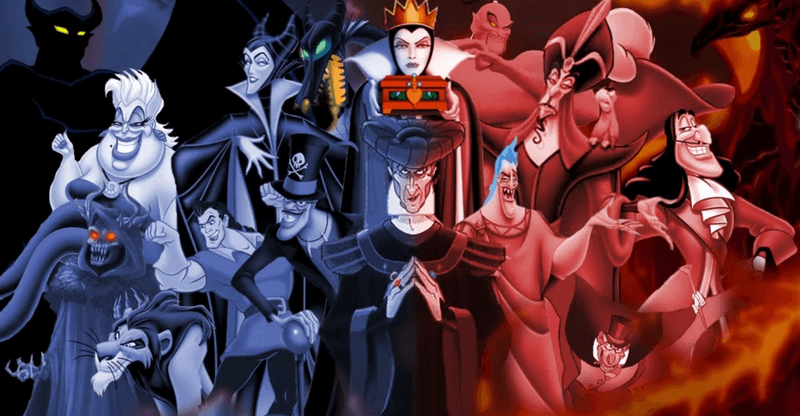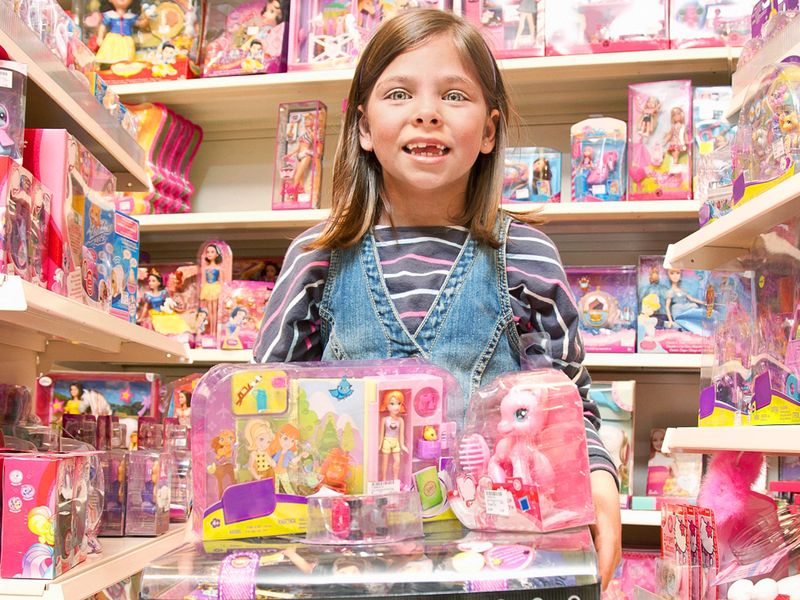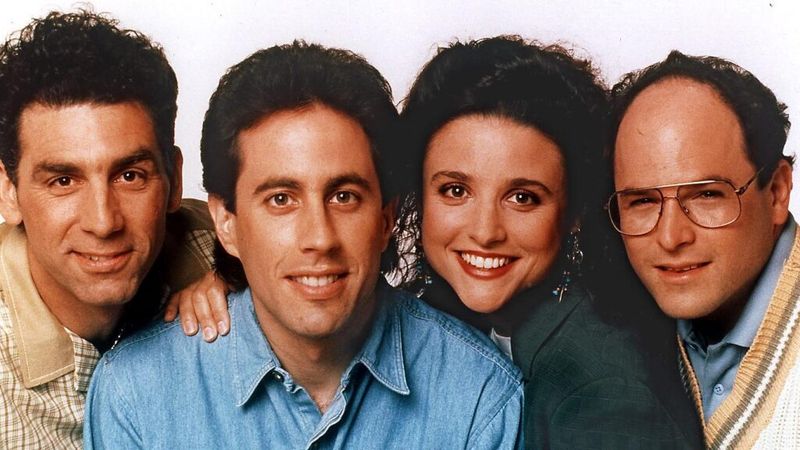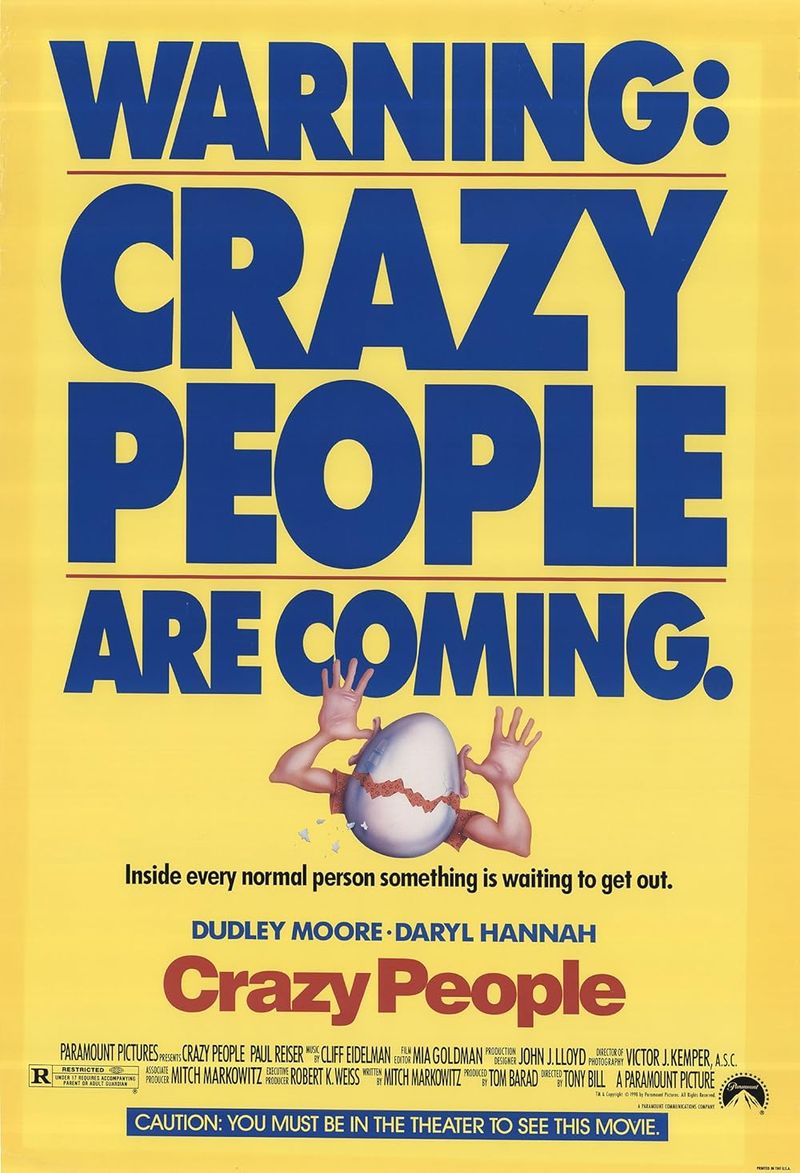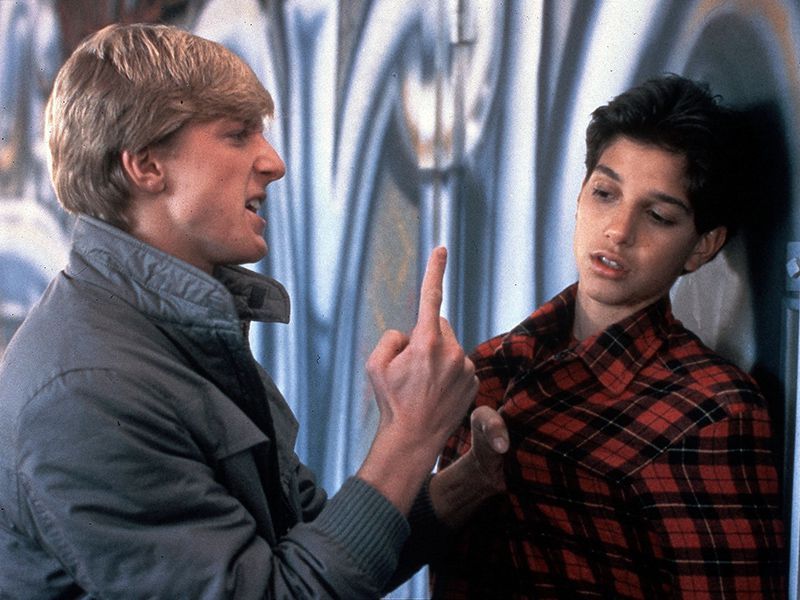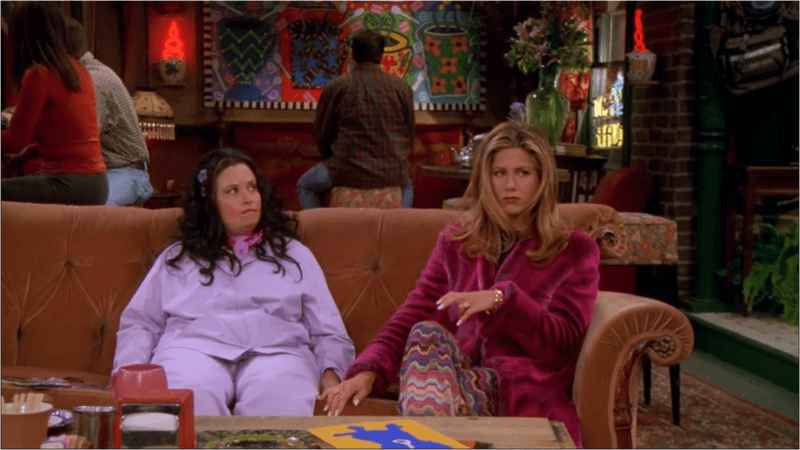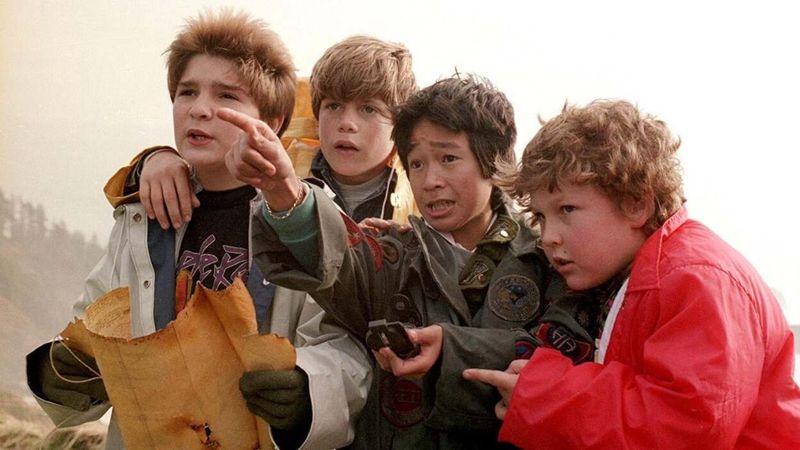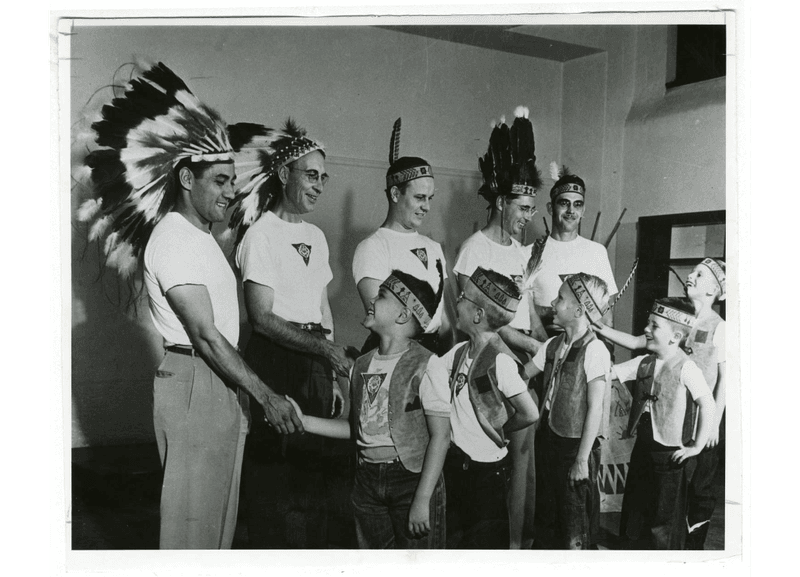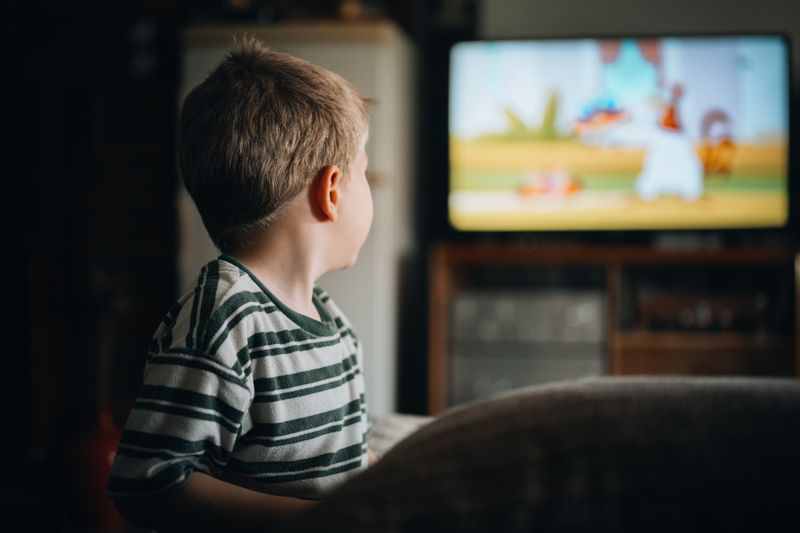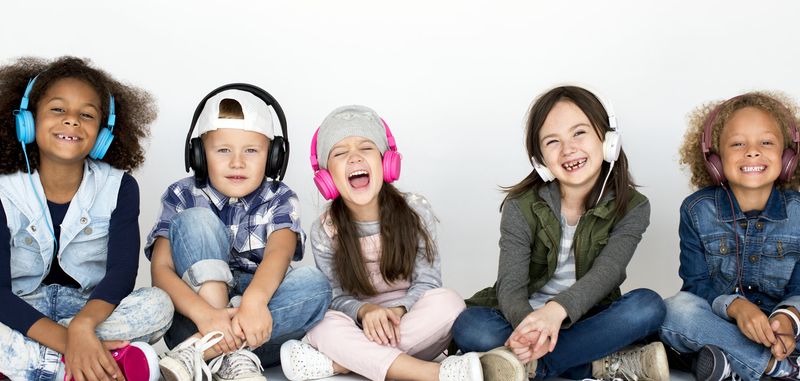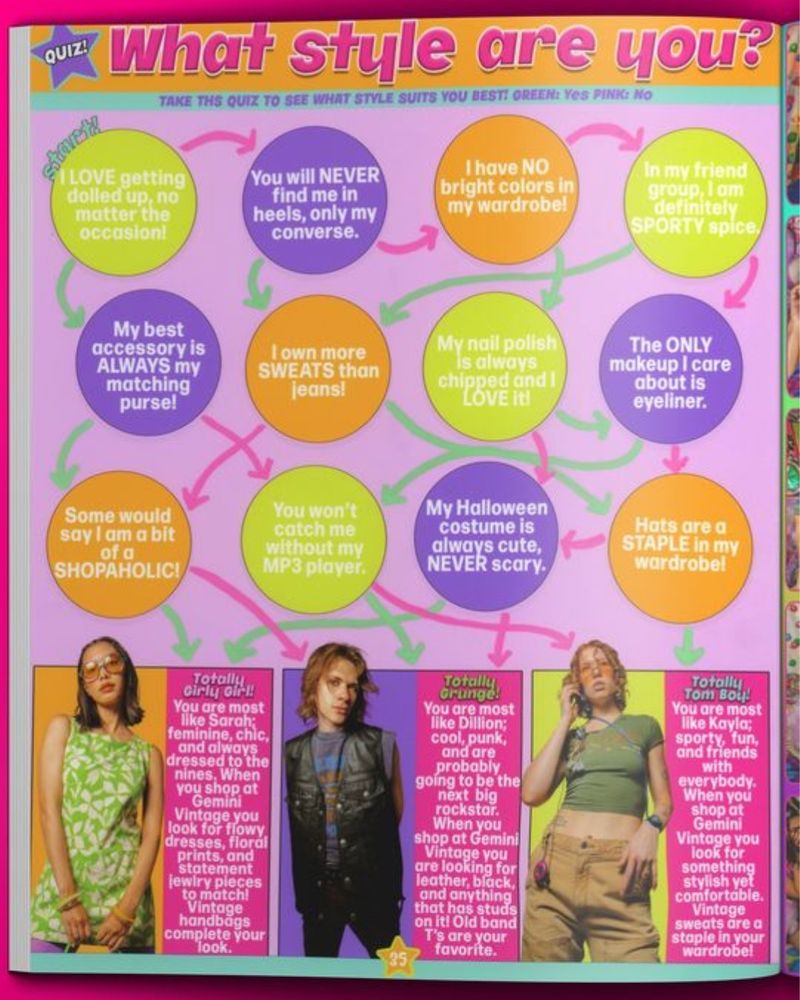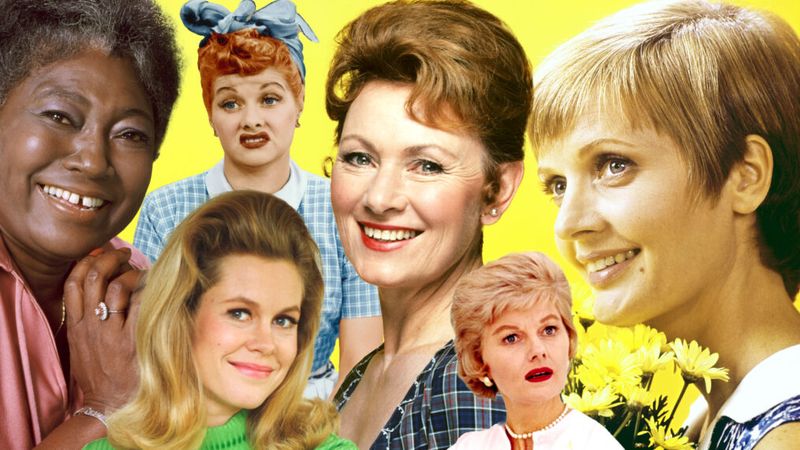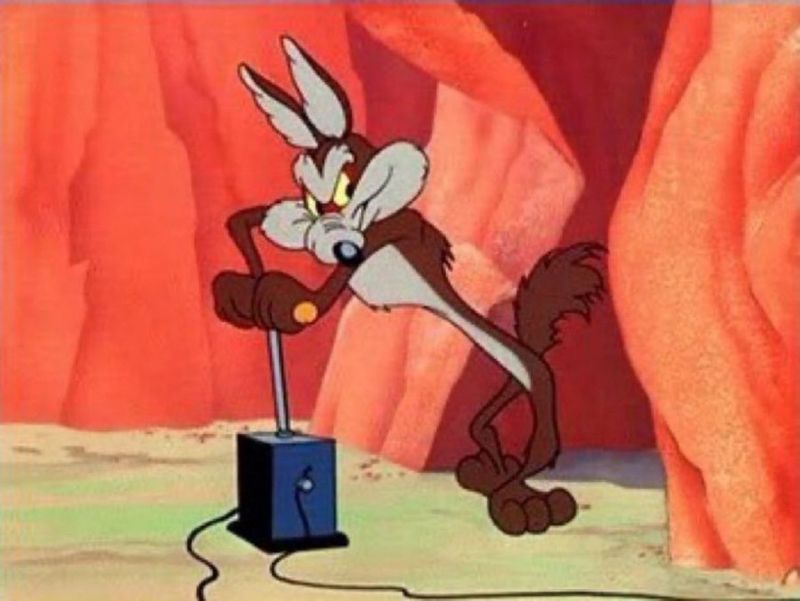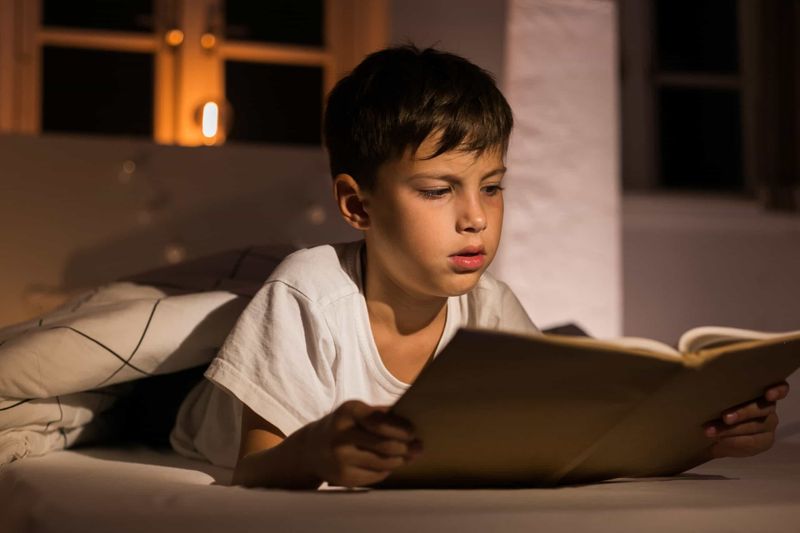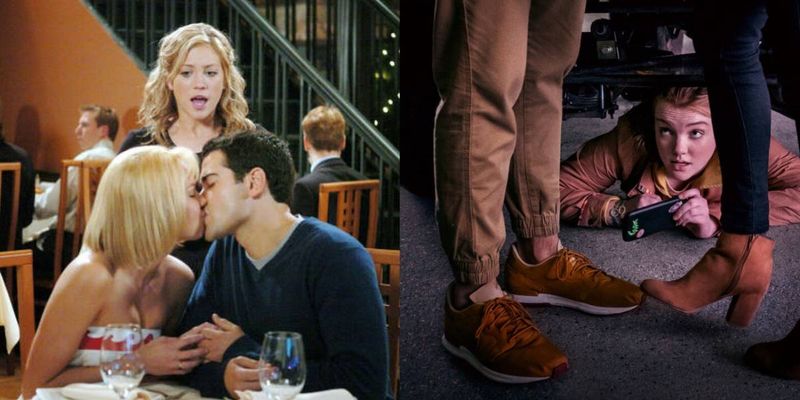Many of us look back fondly on the things we loved as kids, only to realize how much societal norms have changed since then. What was once seen as innocent or humorous might now raise eyebrows.
Here’s a nostalgic yet thoughtful exploration of 15 beloved childhood favorites that, in today’s light, might be considered problematic.
1. Cartoon Villains Based on Stereotypes
Cartoon villains often wore the guise of exaggerated cultural stereotypes. Remember the sneaky, mustache-twirling villains with accents that signaled “foreign” danger? These characters were a staple in many animated series, serving as the quintessential “bad guys.” While these portrayals were often played for laughs or dramatic effect, they did little to promote understanding or respect for different cultures.
Today, creators are more aware of the impact of such depictions. There’s a growing emphasis on crafting villains with depth and complexity, avoiding lazy stereotypes. This shift aims to promote inclusivity and understanding, reflecting a broader societal change towards acceptance and diversity.
2. Gendered Toys with Rigid Roles
In the toy aisles of the past, pink was for girls and blue for boys. Dolls taught nurturing, while action figures embodied adventure and toughness. This binary code dictated playtime, subtly reinforcing societal roles from a young age.
Many children today find themselves in a more inclusive world where toys are beginning to break free from these archaic norms. Now, the emphasis is on creativity and imagination rather than gender-specific roles. Toy companies are crafting products that encourage all children to explore a range of interests, reflecting the evolving conversations around gender identity and equality.
3. Sitcoms Full of Laugh Tracks and Cringe
Remember the canned laughter echoing through sitcoms as characters delivered punchlines that felt more awkward than amusing? The formulaic humor often relied on cringe-worthy jokes and outdated stereotypes, leaving us chuckling back then.
Today’s audiences crave authenticity and nuance, and many of those sitcoms feel out of step with modern sensibilities. The reliance on laugh tracks and contrived situations no longer holds the same appeal as series that focus on genuine character development and wit. It’s a shift towards humor that respects the audience’s intelligence and diverse perspectives.
4. Ads that Mocked Mental Health
Advertising once took liberties with mocking mental health, portraying conditions like anxiety or OCD as humorous quirks. These ads often featured characters depicted as “crazy” or unable to function socially, a punchline rather than a serious conversation starter.
Today’s advertising landscape is more sensitive to these issues, understanding the impact such humor can have on public perception. There’s an increasing effort to depict mental health with the seriousness and respect it deserves, helping to destigmatize discussions and promote empathy and understanding across audiences.
5. Movies that Glorified Bullying
Teen movies of the past sometimes treated bullying as an expected rite of passage, with bullies as an accepted part of the high school hierarchy. Scenes of locker slamming or name-calling were common, often depicted humorously or as a backdrop for a hero’s story.
Today, we recognize the deep impact bullying can have. Filmmakers are more cautious, portraying these scenarios with the gravity they deserve. There’s a conscious effort to show the consequences of such behavior, fostering a more empathetic understanding of the issue and its real-world implications.
6. Jokes About Weight Played for Laughs
Comedic shows often resorted to making characters’ weight the butt of the joke, with entire laugh tracks dedicated to a punchline about someone’s size. This kind of humor was widespread, appearing in movies and TV shows alike.
Modern audiences are increasingly critical of humor that relies on body shaming. There’s a cultural shift towards more respectful and inclusive comedy that focuses on wit rather than at the expense of others. This evolution marks a growing understanding that humor should uplift, not demean or marginalize.
7. Boys-Will-Be-Boys as a Plot Point
The “boys-will-be-boys” trope excused misbehavior as a natural part of boyhood, often minimizing actions that warranted more attention. In many children’s shows, this trope served as a convenient plot device, excusing antics and mischievous behavior as harmless fun.
Today, there is a push to redefine these narratives, encouraging accountability and respect from a young age. Media now often advocates for understanding and discussing boundaries, promoting healthier interactions and relationships among all children.
8. Games with “Indian” Costumes
Costumes depicting Native American stereotypes were once popular in children’s games, often featuring feathered headdresses and painted faces. These costumes simplified and caricatured rich cultures, reducing them to an easily digestible and inaccurate portrayal.
Contemporary awareness has highlighted the need for cultural respect and understanding. Today, there’s a movement against such costumes, recognizing them as a form of cultural appropriation. Educating children about the diversity and depth of Native cultures is now a focus, steering away from reductive and disrespectful portrayals.
9. Catchphrases Rooted in Offensive Tropes
Catchphrases from old cartoons and shows often leaned on offensive tropes, becoming rallying cries for humor that didn’t age well. Characters would spout lines that seemed harmless but carried undertones of prejudice or ignorance.
The media landscape today is much more attuned to the impact of these catchphrases, leading to their decline in favor of messaging that promotes inclusivity and respect. There’s a broader understanding that words matter and that catchphrases should unite rather than divide audiences.
10. Songs with Lyrics We Didn’t Really Listen To
We often sang along to catchy tunes without a second thought about their lyrics. Many songs contained messages that, in hindsight, were less than savory or respectful. The upbeat melodies masked lyrics that, when examined, lacked alignment with today’s values.
Listeners are increasingly discerning, with an awareness of the messages they consume. This shift is prompting artists to create music that resonates with the times, encouraging positive and thoughtful lyricism. It reflects a broader cultural movement towards mindfulness in media consumption.
11. Magazine Quizzes that Ranked Your Worth
Remember those magazine quizzes that promised to reveal your personality type or compatibility score? While fun, they often pigeonholed readers into narrow categories, perpetuating stereotypes about identity and self-worth.
Today, there’s a more inclusive approach to self-exploration, encouraging a view of personality as fluid and multifaceted. The focus has shifted from fitting into boxes to celebrating individuality and personal growth, embracing the complexity and uniqueness of each person’s journey.
12. TV Moms with Zero Personality
TV moms of past decades often served as the backdrop to family adventures, their personalities sidelined in favor of more dynamic characters. Often depicted as domestic and nurturing, these characters lacked depth and individuality.
Today, audiences expect richer, more nuanced portrayals. Modern television makes room for complex female characters whose stories and voices are essential. This progress reflects a broader recognition of the diversity and depth present in every role, challenging outdated gender norms.
13. Kids’ Shows with Aggressive Behavior Normalized
Children’s programming often featured characters who solved their problems through aggression or trickery, normalizing these behaviors as acceptable solutions. Punches and pranks ruled the day, providing laughs but also modeling questionable conflict resolution.
Contemporary shows aim to teach cooperation and empathy. There’s a deliberate effort to showcase positive interactions and problem-solving skills, aligning with educational goals and nurturing a more compassionate generation.
14. Book Characters Written Through a Narrow Lens
Characters in children’s books were often penned with limited perspectives, reflecting narrow societal views. These one-dimensional portrayals didn’t offer much room for children to see themselves in diverse roles or identities.
Today’s literature strives for inclusivity, offering a broader range of stories and characters. Authors are crafting narratives that reflect the varied experiences and identities of their readers, fostering an environment of acceptance and empathy from an early age.
15. Plotlines that Treated Consent as Optional
Many older films and TV shows portrayed romantic pursuits where consent was sidelined in favor of dramatic tension. These plotlines often normalized the idea that persistence wins affection, ignoring the importance of mutual respect and agreement.
Modern storytelling is evolving to prioritize consent, illustrating respectful relationships and communication. This shift is part of a broader cultural movement toward acknowledging and valuing consent, helping to educate audiences on healthy, respectful interactions.

